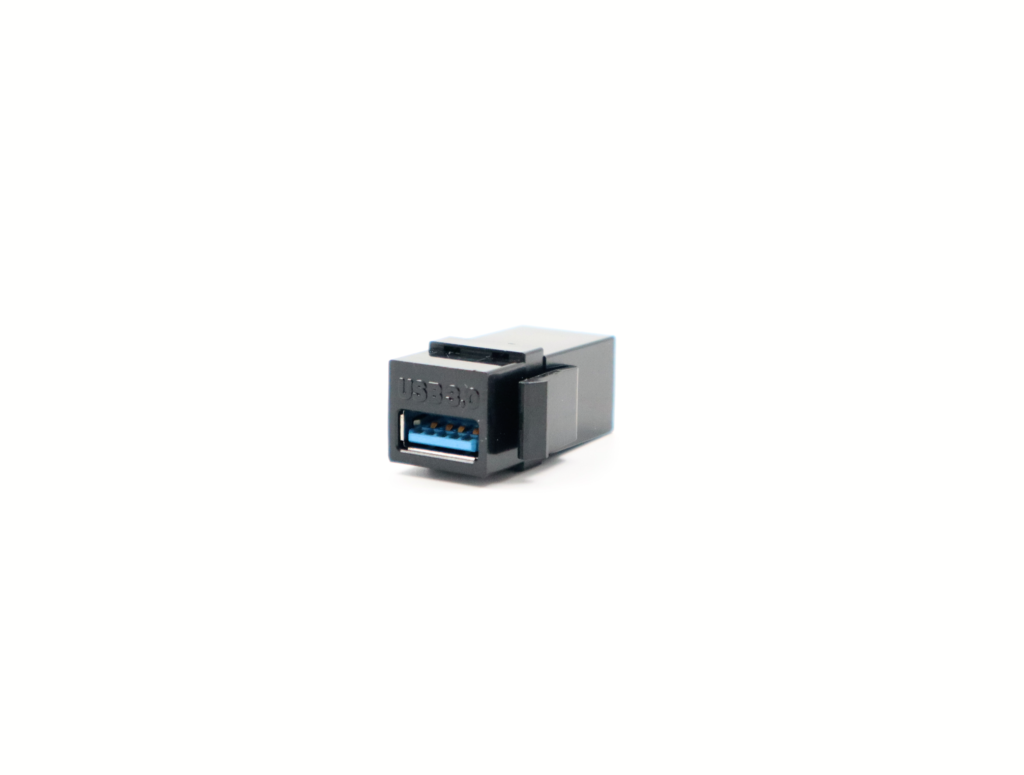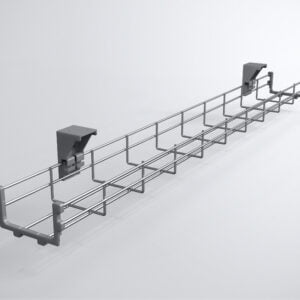Home » Modules and connectors
Modules and connectors
Connectors are what we call the (female) sockets and (male) plugs which we use to terminate and join communication cables.
The most common connectors in use are: RJ45, HDMI, USB-A, USB-C.
A “module” is what we commonly term the 45×45 mm space occupied by a single power socket, one or more fast chargers or one or more other connectors. We most commonly state the size of the unit in terms of the number of modules it can house.
Modules
USB 3.0

RЈ45
HDMI

VGA

AUDIO
DISPLAY
USB C
Documentation
Certificates







RJ45
The RJ45 connector is used for transfer of data, audio and video signals. With the rise of Ethernet and the Internet, this connector has seen a significant increase in use and is now certainly the most common connector, if it was not already. In addition to power sockets it is becoming standard in all kinds of power distribution unit, from wall-mount and other junction boxes, to racks to desktop power strips.
Although wireless technology is fast advancing and cables are not required for Internet access today, cable connections are still more reliable and provide faster transfer rates. Indeed, in many situations a cable connection is a must, and therefore so is an RJ45 connector.
HDMI
HDMI connectors are used when you want to share your screen, video and sound on another monitor or television. HDMI is an established standard for transmitting and receiving video and sound between two devices. Usually these are computers, monitors and TVs.


USB-A
USB is a standard cable connection interface for personal computers and consumer electronics devices. USB is an abbreviation of Universal Serial Bus, an industrial standard for digital transfer of data over short distances.
USB ports allow for interconnection of USB devices and transfer of digital data via USB cables. They can also supply power to low-current devices via cable when needed.
The designation USB-A refers to the physical design of the USB connector and not to the data transfer rate. USB-A has a familiar rectangular design and is one of the most recognisable connectors you will see on devices.
USB-C
USB-C is a newer type of connector and has been designed to address some issues that the old USB-A connector had. Key features of USB-C include:
- A slimmer design which fits into the port regardless of orientation.
- The 100W, 20V connection is far higher-powered than the old port and can supply even large devices.
- Can potentially transfer data at much higher rates than USB-A.
- Can supply power for charging at both ends and can charge larger devices.
- Support for delivery of much higher-quality video to a screen, including 4K video.





















